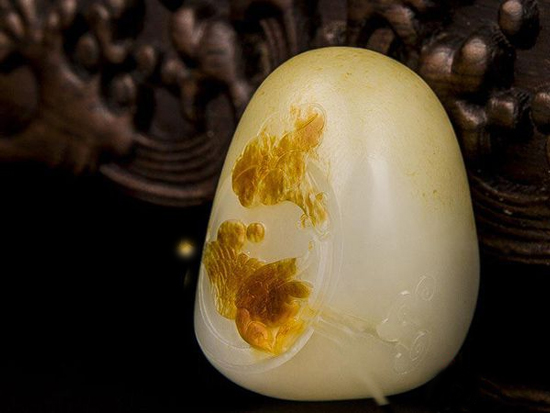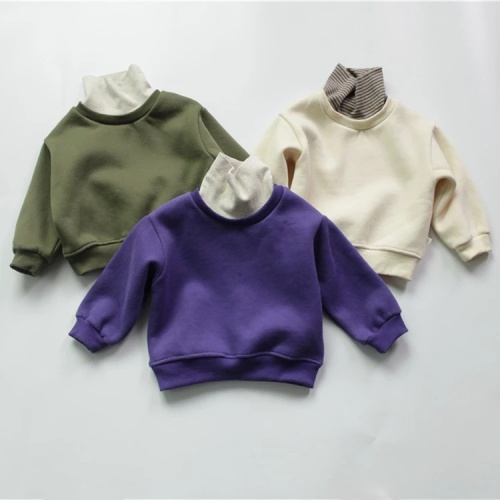How the "Su Gong" in the Qing Dynasty Affected the Court Jade Carving
In the history of China's splendid jade, Suzhou jade jade craftsmanship has always been known for its skilled craftsmanship and novel style. According to the Song Dynasty "Wu Junzhi", as early as in the Tang and Five Dynasties, there were workshops and famous artists in Suzhou, and the skills in the Yuan and Ming Dynasties were more sophisticated. Ming Song Yingxing’s "Heavenly Creations" contains: "Although the fine craftsmen gather the capital, the craftsmanship pushes the Soviet Union." The ingenious craftsmen urged the Suzhou jade carving to have the crafts of jade softness, exquisite carving, beautiful shape, rich texture, thin and even. style.
The trend of the vigorous development of Suzhou jade carvings reached a climax in the Ming Jiajing and Wanli years. Lu Zigang, a famous teacher of Suzhou Yuyu, who was well-known throughout the country, was highly skilled. He was praised as a literati Xu Wei and Zhang Wei, and was praised as “Wuzhong Stuntâ€. Since then, Suzhou jade carving has officially become the representative of the highest craft of Chinese jade carving, and the Suzhou jade carving craft has spread from the migration of artisans to the Beijing Imperial Palace, which has helped to transform the style of the Qing Dynasty jade carving from the rich and simple style of the north to the fusion of the north and the south.

Suzhou Yuyu attracts attention from the Qing Palace
The Suzhou jade carving craft has undergone rapid development in the Ming Dynasty, and it has been perfected in the early Qing Dynasty. The process materials and tools are gradually clear, the process flow is gradually regulated, and the process characteristics are gradually highlighted. Suzhou Saitama has a wide variety of processes and careful and cautious. Generally speaking, the production of a Suzhou jade carving is divided into four steps: making jade sand, rough carving, fine carving and polishing. The exquisite craftsmanship of Suzhou jade carving attracted the attention of the Qing Dynasty royal family, which triggered the phenomenon that Suzhou artisans made large-scale jade on the north.
The development of Suzhou jade carvings in the Qing Dynasty has more advantages than the Ming Dynasty. The first is the sufficient supply of jade materials. After Emperor Qianlong settled the size and the chaos, the Hetian area was included in the territory. The jade material can maintain sufficient supply, which is undoubtedly a favorable factor for the development of the jade carving industry in the Qing Dynasty.
In the twenty-fourth year of Qianlong (1759), the imperial court was the minister of the jade and the office of the emperor. Since then, Hetian jade has been extensively exploited. Although the Qing government set up a minister to transport the jade to the capital directly after mining, the smuggling phenomenon is still very serious. In the late Qianlong period, the court began to crack down on smuggling. "In 1779, Aksu intercepted a smuggling jade of 4,382 kilograms and fifteen, of which 楂å玉 (that is, Shanyu jade) 4,335 jins, two or two, Ziyu Forty-seven pounds and eighty-two, the ratio of mountain jade to son jade is 91 to 1." (See Lin Yongzhen and Wang Yi, "Northwest Ethnic Trade in the Qing Dynasty"). In 1779 alone, Aksu seized more than 4,000. Jin Hetian jade material, you can imagine how much the Hetian jade material entered the mainland at that time. The input of Hetian jade material has made Suzhou Yuyu have a good foundation, which not only further expands the scale of Suzhou Saitama, but also promotes the development of Suzhou Saitama technology through the carving of a large number of jade materials.
On the other hand, there have been new changes in artisan organizations. In the Ming Dynasty, Suzhou jade craftsmen were all craftsmen, one day was a craftsman, and the generations were artisans. Since the Qing Dynasty, the company has been battling the artisan system for the people. After that, the Suzhou jade is an individual small handicraft industry, mainly based on individual hand workshops. This workshop is a small family of small commodity producers. "" (see Qian Jing, "Inheritance Research of Suzhou Jade Crafts") With the development of commodity economy, the number of Suzhou jade craftsmen is increasing. "From the era of the pre-Qing Dynasty, there were three hundred in this place in the Soviet Union and more than three thousand in the business."
Artisan organizations have also developed from traditional families and apprentices to trade unions. The role of guilds is to formulate industry rules, integrate resources within the industry, avoid malicious competition, protect the economic interests of the industry, and handle peers in the industry. It is also necessary to share the official duties between the peers. In the twenty-fifth year of Jiaqing (1820), Suzhou established the Jade Industry Office.
After the Taiping Heavenly Kingdom, the industry also established a trade association called the Zhujing Jade Industry Association through the donation organization, located in the Zhouwang Temple. (See "Suzhou Arts and Crafts" edited by the Suzhou Arts and Crafts Institute.) This guild was renamed Guangxu. For the Baozhu Office, the Zhouwang Temple Yuye Office has great cohesiveness to the workshop owners and craftsmen. According to the "Baozhu Public Office set up a million-year-old Taiwanese, Huang Zhushan Yingyang donated to the public monument", a Huang surnamed family, because no family inherits the property, will sell all the belongings into foreign money for the jade industry to buy real estate. Under the leadership of the Yuye Institute, Suzhou Yuyu Industry has achieved unprecedented development during the Qing Dynasty.
Dedicated to the lanes
Since the Ming and Qing Dynasties, China has three major jade carvings: Suzhou, Yangzhou and Beijing. Beijing inherited the foundation of the court of the Yuan Dynasty, forming a jade carving style that is graceful and atmospheric. In the Ming Dynasty, the famous Saitama master Lu Zigang was rumored to be enlisted in the palace as a royal jade (see Yang Boda's "Complete Works of Chinese Jade"), leaving a group of exquisite jade articles. It can be said that at this time Suzhou's top jade carving craft has appeared in the Beijing royal family, and is favored by the royal family, but whether its craft has spread to the jade carving industry in Beijing, there is still no supporting information. In the early Qing Dynasty, Suzhou Zhuji Lane has become the country's leading Saitama Center. There have been clear professional workshops such as “Guangyuxing†and “Drilling Eyesâ€. The sound of Sasha’s jade and jade keeps going around the clock. Emperor Qianlong once wrote poetry praise. Said: "The phase system is applied to the section, and all the lanes are beneficial." The jade that is used in all the lanes is soft and radiant like a child's skin. The shape is beautiful and chic, the outline is clear, the thickness of the tire is thin and even, and the exquisite craftsmanship is exquisite. The masterpieces of the Qing Dynasty were mostly from this.
The Qing Emperor of the Qing Dynasty attaches great importance to special techniques such as jade, and naturally favors Suzhou jade carving. Suzhou Yugong began to enter the inner court and dominated the design and production of jade. In the early years of Qing Emperor Yongzheng, the court set up a jade in the establishment, ordered the Suzhou jade artisans to serve in the palace, and ordered the Suzhou weaving officials to send good jade to Beijing. In the first year of Emperor Qianlong (1736), the palace built the Ruyi Pavilion, and Suzhou not only provided jade craftsmen and jade materials to the court, but also took on the task of processing jade articles for the founding office.
Soft colors always reflect the baby's softness and preciousness, and the simple cartoon pattern brings us into the baby's innocent world, forgetting the hustle and bustle and enjoying the simple world with the baby. Soft fabric, make the baby more comfortable, more convenient to put on and take off clothes for the baby, prevent the baby from getting cold when changing clothes.
We have Girls Jacket, Girls Vest on sale, you can choose according to your needs. We use high-quality fabrics to create Girls Peacoat, Girls Knitted Coat and other products. Welcome customers to come to consult.

Girls Knitted Coat,Girls Knit Outerwear,Girls Knitted Coat With Hood,Baby Knitted Coat
Dongguan Yumuran Garment Co.Ltd , https://www.onemovingkidsjacket.com
